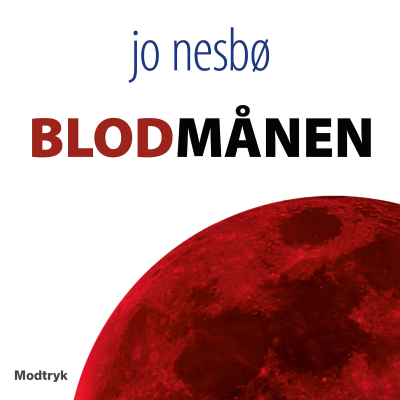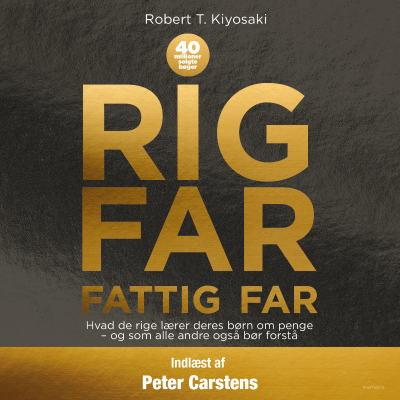
Big Car
engelsk
Kultur & fritid
Begrænset tilbud
3 måneder kun 9 kr.
Derefter 99 kr. / månedIngen binding.
- 20 lydbogstimer pr. måned
- Podcasts kun på Podimo
- Gratis podcasts
Læs mere Big Car
The story of the best cars from the past 50 years.
Alle episoder
40 episoderAlois Ruf interview
I was fortunate enough to sit down and chat with Alois Ruf - owner of Ruf Automobile who create very special versions of Porsche cars. Here's the full interview.
Hit with an ugly stick? The Pontiac Aztek Story
The history of the Pontiac Aztek, from conception through to its legacy. Why did GM green-light this car when focus groups said they hated it, and why did it come with a tent?
Before Tesla... 1980s Electric Cars (EVs Part 2)
In part one we looked at electric vehicles and hybrids from the 1960s and 70s. We now move onto the 1980s where individuals all around the world didn’t want to give up on finding an alternative to the internal combustion engine. These were the days before our knowledge of global warming, and the motivation was around reducing city pollution and freedom from the reliance on foreign oil.
Before Tesla... 1960s/70s Electric Cars (EVs Part 1)
You might not think it, but the 60s and 70s were a hot bed of innovation in electric car design. Environmental and political events collided that got people questioning our reliance on the internal combustion engine and thinking about alternatives. So why was so much effort put into electric cars when so few people bought them, and how close did we come to perfecting hybrid and EV technology?
Figaro Magnifico? The Nissan Figaro Story
After decades of progress, and at a time Nissan were going to make their next step forward with the luxury Infiniti brand, Nissan’s Figaro was in a sense a next evolution in car design, in progress, but at the same time it was an exercise in looking back, of taking stock of just how far Nissan had come. It was also a conscious effort by its designers to push against progress with something more gentle and organic. But the Figaro didn’t come out of a vacuum. It was the culmination of several years of new design thinking. So, how popular was the “organic” Figaro in its native Japan, and how has it found a new home on the other side of the planet?
Vælg dit abonnement
Begrænset tilbud
Premium
20 timers lydbøger
Podcasts kun på Podimo
Gratis podcasts
Ingen binding
3 måneder kun 9 kr.
Derefter 99 kr. / måned
Premium Plus
100 timers lydbøger
Podcasts kun på Podimo
Gratis podcasts
Ingen binding
Prøv gratis i 7 dage
Derefter 129 kr. / måned
3 måneder kun 9 kr. Derefter 99 kr. / måned. Ingen binding.

































